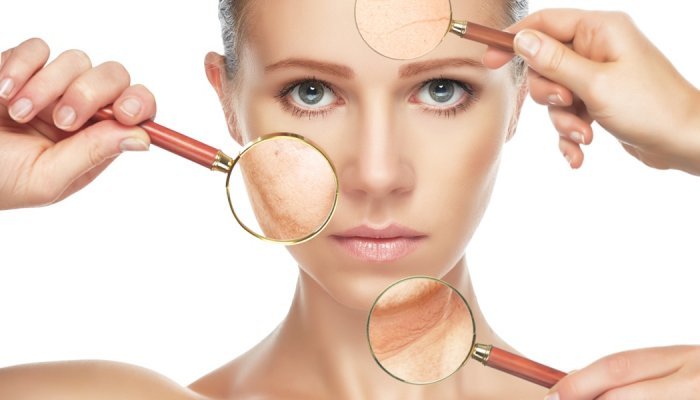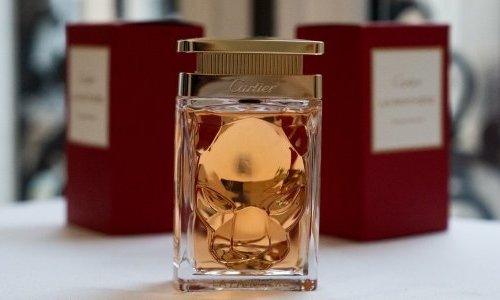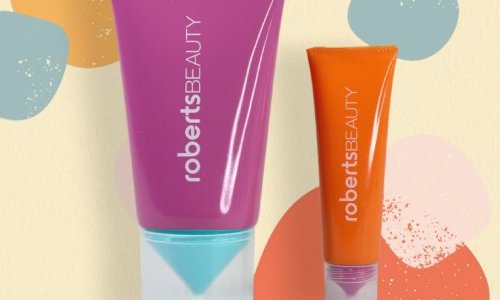A thin layer for a vital role of protection and balance
Skin barrier function mainly relies on the stratum corneum (SC), the outermost layer of the epidermis. SC is formed by ultra-differentiated, metabolically unactive and tightly associated keratinocytes called corneocytes. These are embedded in a lipid-rich matrix and constantly renewed thanks to undifferentiated keratinocytes which proliferate in the basal layer of the epidermis and progressively differentiate while migrating towards the SC.
The stratum corneum structural organization consists of piled-up layers and can be presented as a composite material organized as a two-compartment model called the “brick and mortar” system, i.e. a proteic structure (corneocytes) embedded in a lipid matrix (intercellular lipids).
The challenges of the in-vitro assays
Skin barrier integrity may be assessed on skin explants or 3D reconstructed skin models (epidermis or full thickness). The effect of an ingredient on a specific marker can also be tested on a 2D keratinocyte culture (or in coculture with immune cells or neurone cells which can modulate keratinocyte response).

Evaluation of skin barrier efficiency
Skin barrier normally prevents the passage of various molecules. Its integrity may therefore be assessed by measuring Trans Epidermal Water Loss (TEWL), Transepithelial/transendothelial electrical resistance (TEER), or the entry of various molecules through the epidermis thanks to Franz Cell (OECD 428) or other percutaneous penetration technics.

Skin barrier formation
Skin barrier integrity involves an appropriate formation and renewal correlated to keratinocyte proliferation, differentiation, and desquamation. Various biomarkers allow to assess the distribution of undifferentiated keratinocytes (K5, K14), their stemness (K15, K19), their proliferation (Ki67) and their state of differentiation (K1, K10, Loricrin, Involucrin, Filaggrin).
Other markers such as K6, K16 (reinforce the cell-cell and cell-matrix cohesion) transglutaminases 1, 3 and 5 (control involucrin and loricrin covalent-crosslinking), Sirtuin-1 (controls filaggrin synthesis), Caspase 14 (controls filagrin degradation) or kallikreins (involved in desquamation) are also interesting.
Filaggrin degradation leads to Natural Moisturizer Factor (NMF), a key factor for skin hydration. Appropriate skin hydration and pH allow the proper functioning of skin enzymes involved in stratum corneum formation and cell cohesion.
Some components of the dermal-epidermal junction (DEJ) such as Laminin 332 (Laminin V), type IV collagen, nidogen-1 & 2 and Perlecan or allowing the fixation of keratinocytes on the DEJ such as Integrin α6 and β4 are not only responsible for the adherence between dermis and epidermis but also have an impact on keratinocyte survival, stemness, proliferation and differentiation and therefore on skin barrier function.

Tight junctions and skin integrity
Tight junctions are responsible for the cohesion between the corneocytes and prevent the transfer of various molecules through the SC. Their integrity may be assessed with Corneodesmosin, Zonula Occludens 1 (ZO1), Occludin, E-Cadherin, Desmoglein-1, Claudin 1.
SC cohesion also involves proteins such as envoplakin and periplakin which connect intracellular keratins to membrane and cellular junctions.

Antimicrobial peptides
The first line of defence against pathogens is formed by the antimicrobial peptides secreted on skin surface. Such antimicrobial peptides are for example human cathelicidin LL-37, types 1-4 β-defensins, psoriasin (S100A7), calprotectin (S100 A8/9), koebnerisin (S100A15) and RNase 7.

Stratum corneum lipid barrier
Lipid composition and organization is also highly important for skin barrier function. Epidermal thickness, SC thickness and lipid organisation may be assessed using Raman microspectroscopy while lipid composition is obtained using liquid chromatography coupled to high-resolution mass spectrometry. This may allow to evaluate in particular ceramide synthesis, subclasses, and organization.
The benefits of the in-vivo studies
The barrier function of the skin can be studied on subjects using various protocols such as clinical evaluation by dermatologists, scorage by experts or I.A algorithms, sensory and neurosensory analysis or instrumental evaluation. The biometrological studies enable to visualize the structure and surface of the skin and to quantify its different physiologic parameters.
Here, we will present a summary of the methods that help to characterize the skin barrier integrity:
![]() The golden method to measure the Trans Epidermal Water Loss [TEWL] using the Tewameter 300 and Nano (C+K), Aquaflux (Biox), Dermalab (Cortex), Evaporimeter, Vapometer...
The golden method to measure the Trans Epidermal Water Loss [TEWL] using the Tewameter 300 and Nano (C+K), Aquaflux (Biox), Dermalab (Cortex), Evaporimeter, Vapometer...
![]() Moisturizing conditions of the Stratum Corneum: Corneometer® (C+K), Dermalab, Epsilon (Biox), MoistureMeter SC, Skicon-200, DPM 9003, of the Epidermis: MoistureMeterEpiD, and Dermis: MoistureMeterD.
Moisturizing conditions of the Stratum Corneum: Corneometer® (C+K), Dermalab, Epsilon (Biox), MoistureMeter SC, Skicon-200, DPM 9003, of the Epidermis: MoistureMeterEpiD, and Dermis: MoistureMeterD.
![]() Micro-topography analyse: MoistureMap® (C+K), Epsilon (Biox),
Micro-topography analyse: MoistureMap® (C+K), Epsilon (Biox),
![]() The surface visualization: Visioscan (C+K), SkinCam, SpectraCam, NomadCam (Newtone) Dermalab Video (Cortex), AEVA-HE2-M and Evasurf (Eotech), C-Cube (Pixience), Antera3D (Miravex), VideometerLab and all other camera systems.
The surface visualization: Visioscan (C+K), SkinCam, SpectraCam, NomadCam (Newtone) Dermalab Video (Cortex), AEVA-HE2-M and Evasurf (Eotech), C-Cube (Pixience), Antera3D (Miravex), VideometerLab and all other camera systems.
![]() The structure visualization: Ultrasound, MPT Flex Optical Multiphoton Tomography, Scanner, Vivascope and Vivosight and Laser Confocal microscopy, LC-OCT 3D microscopy, infrared spectrometers…
The structure visualization: Ultrasound, MPT Flex Optical Multiphoton Tomography, Scanner, Vivascope and Vivosight and Laser Confocal microscopy, LC-OCT 3D microscopy, infrared spectrometers…
![]() The molecular water content with Confocal microscopy LBRAM 800 and Raman spectroscopy gen2-SCA (RiverD).
The molecular water content with Confocal microscopy LBRAM 800 and Raman spectroscopy gen2-SCA (RiverD).
![]() The microbiome balance: 16S-qPCR, Ms/MS PCR, metabolomic analysis
The microbiome balance: 16S-qPCR, Ms/MS PCR, metabolomic analysis
Over the years, numerous studies have contributed to understanding the skin barrier function with the contribution of the neuroscience, epigenetic and cosmetic science. In the Clinical Platform you can retrieve to substantiate the cutaneous barrier strengthening: 40 methods, 138 testing laboratories in 38 countries. An essential interdisciplinary approach is necessary to measure the performance of cosmetics to strengthen the skin barrier and to finally give the consumers all guaranties of success for their daily beauty routine.






















